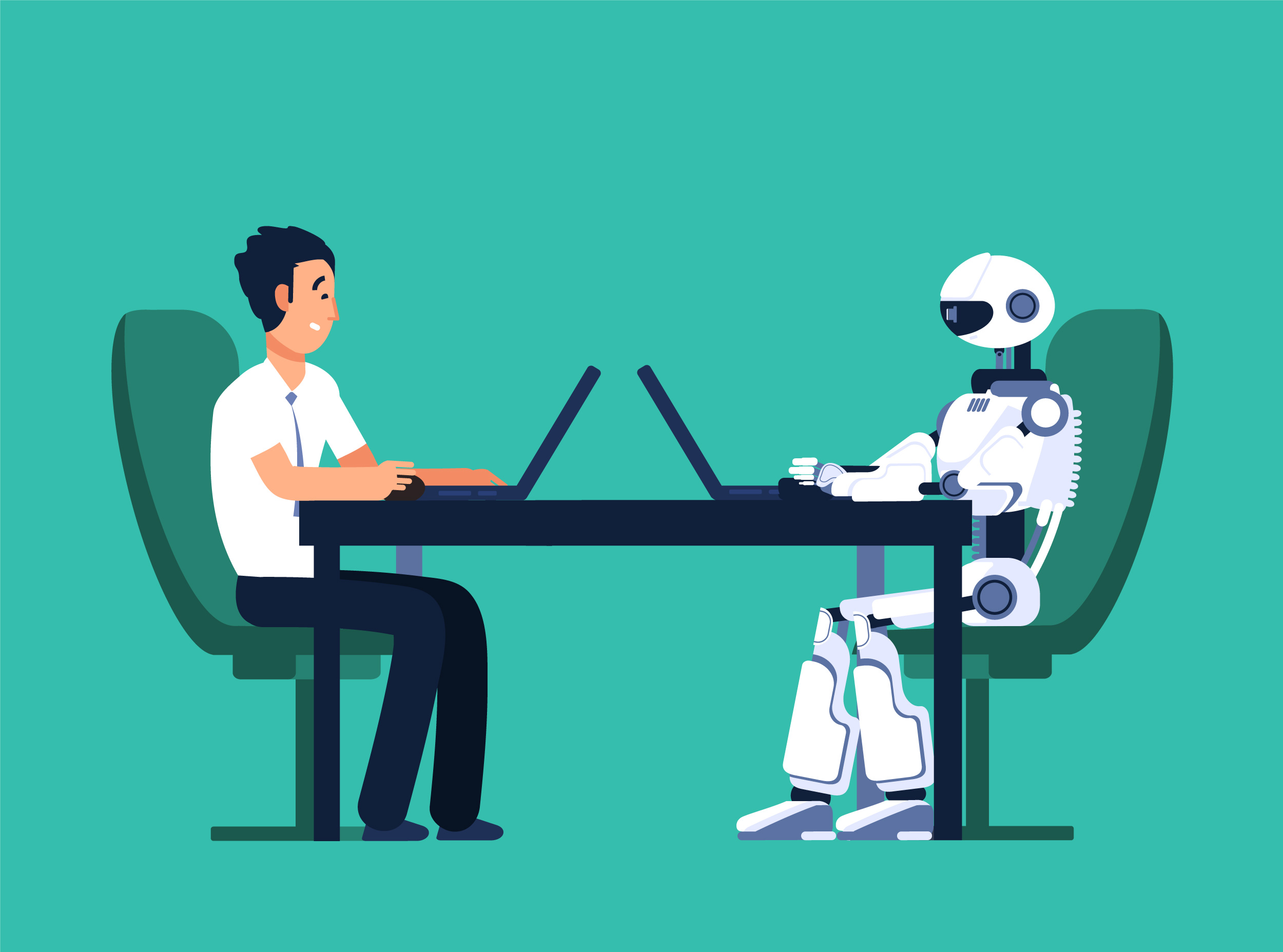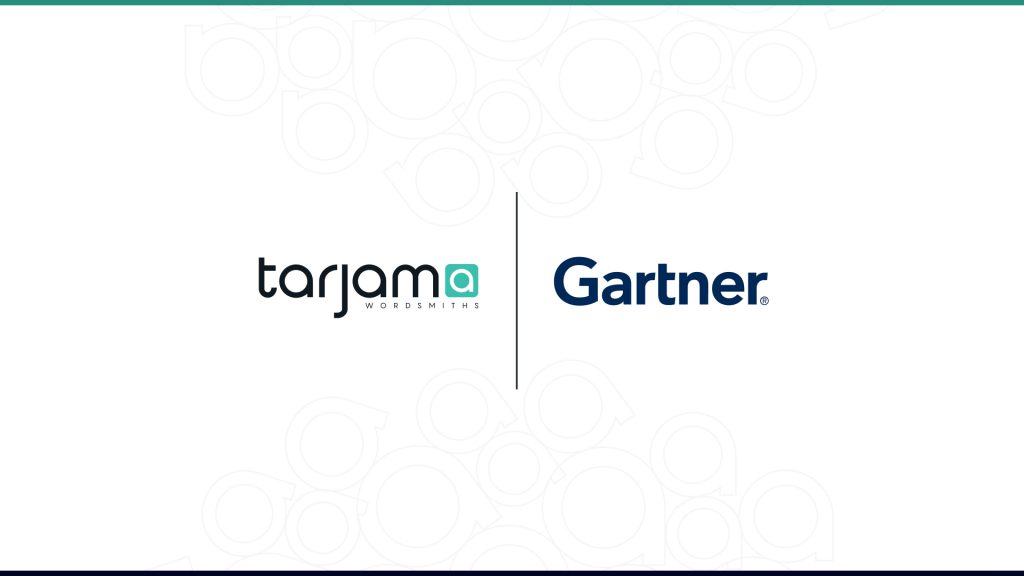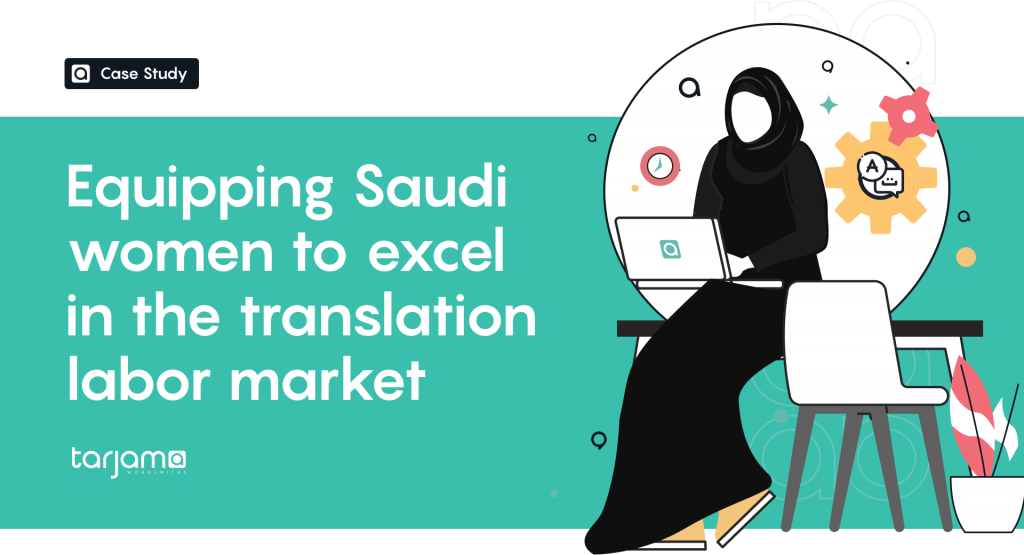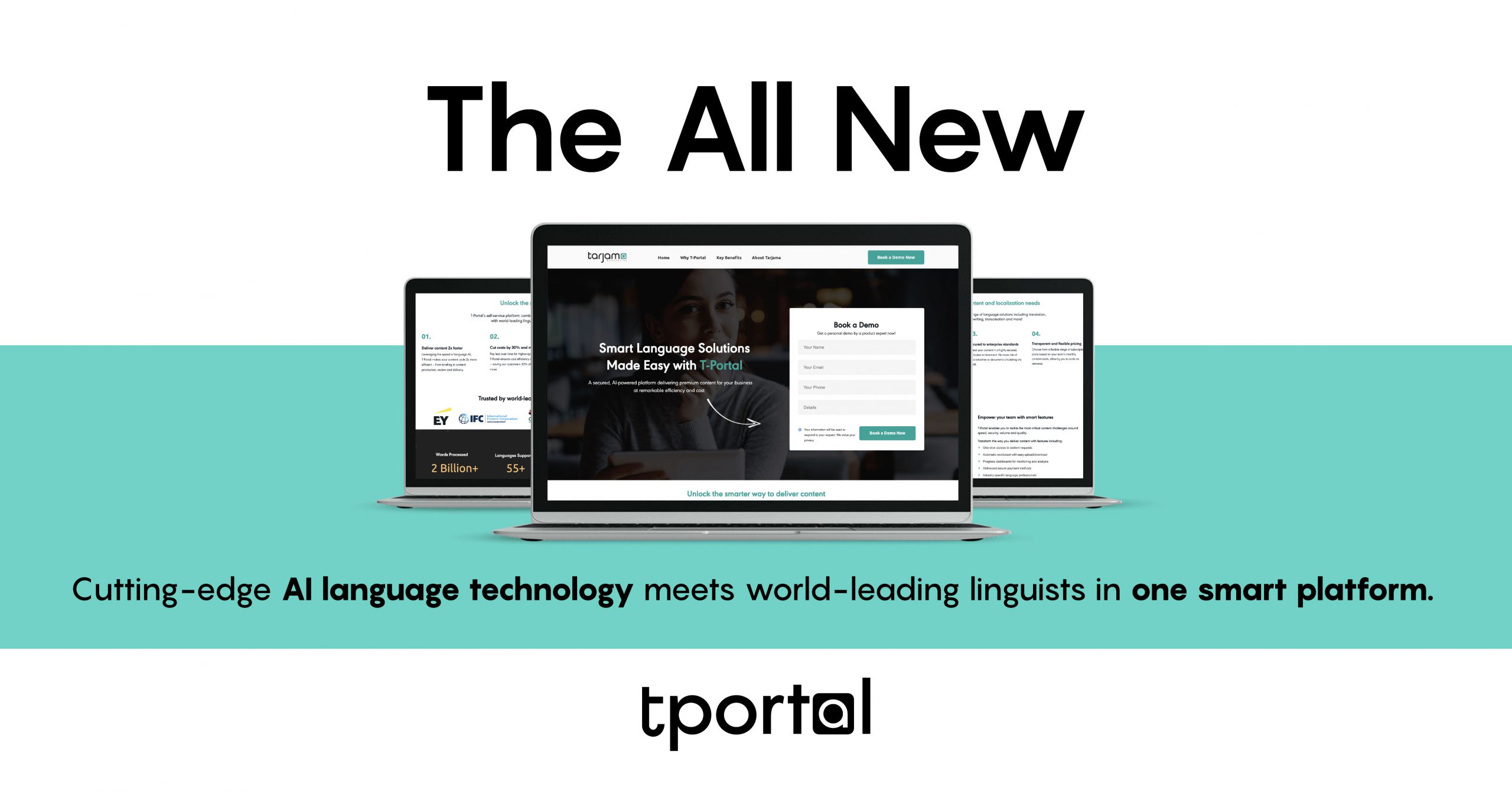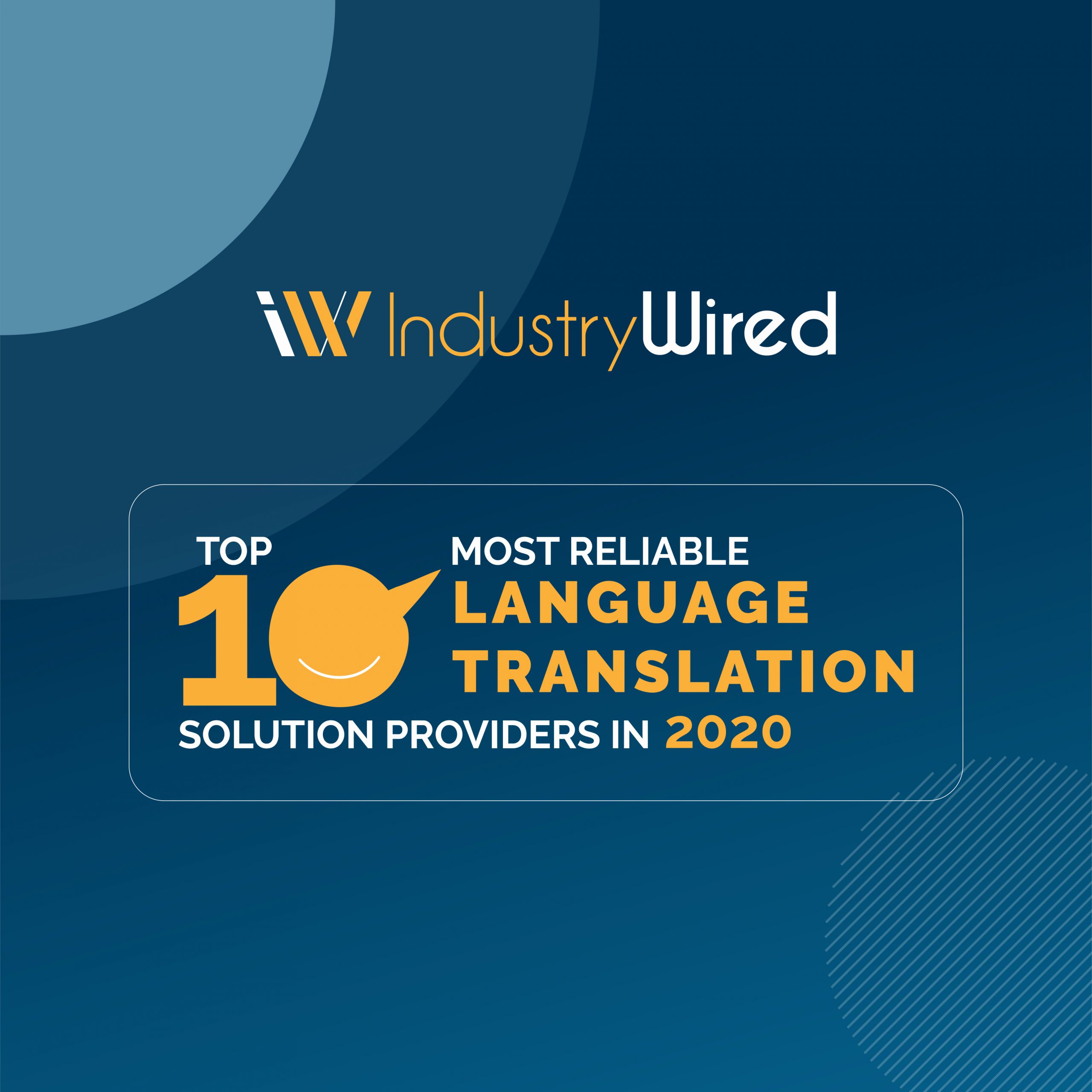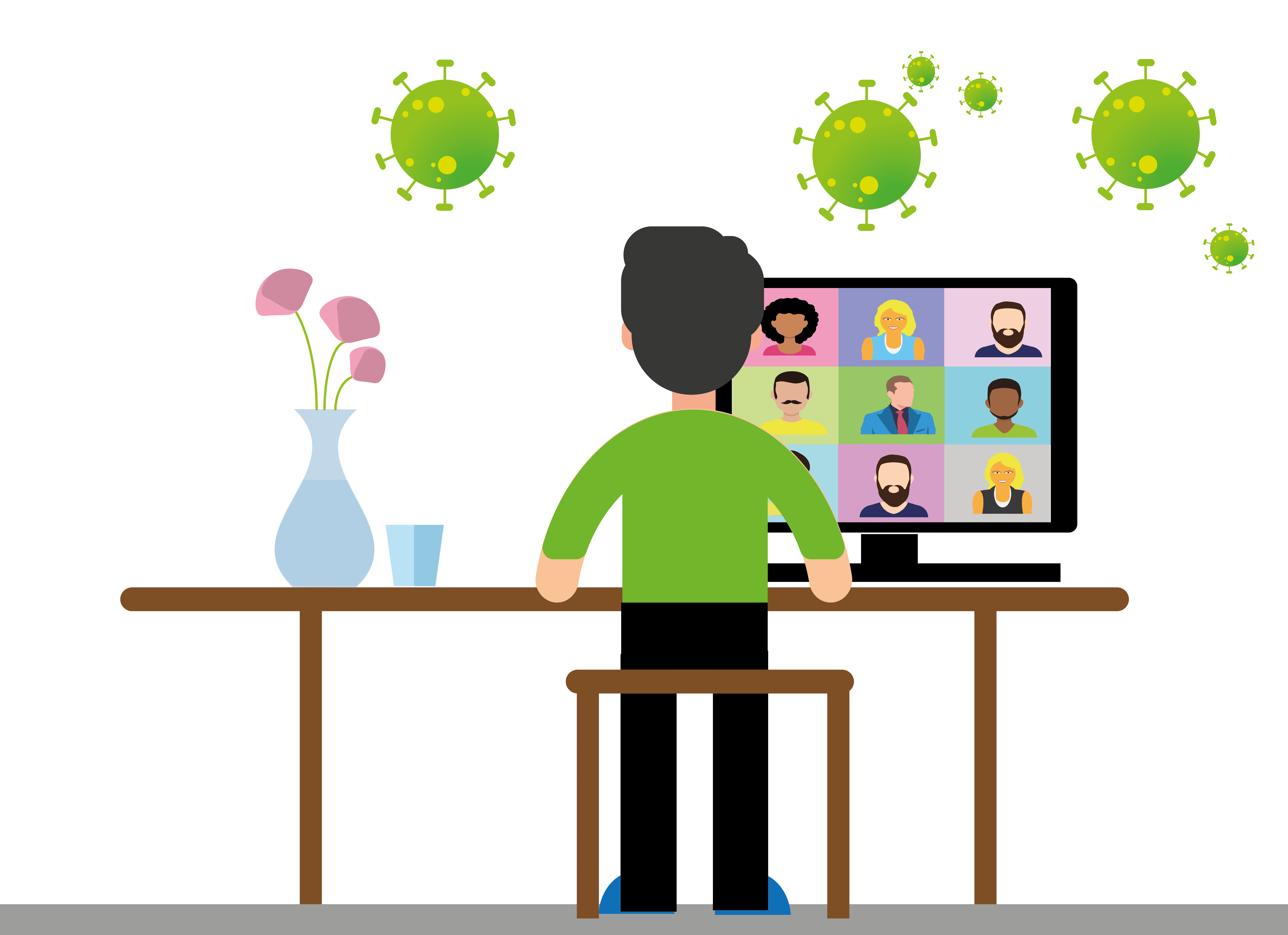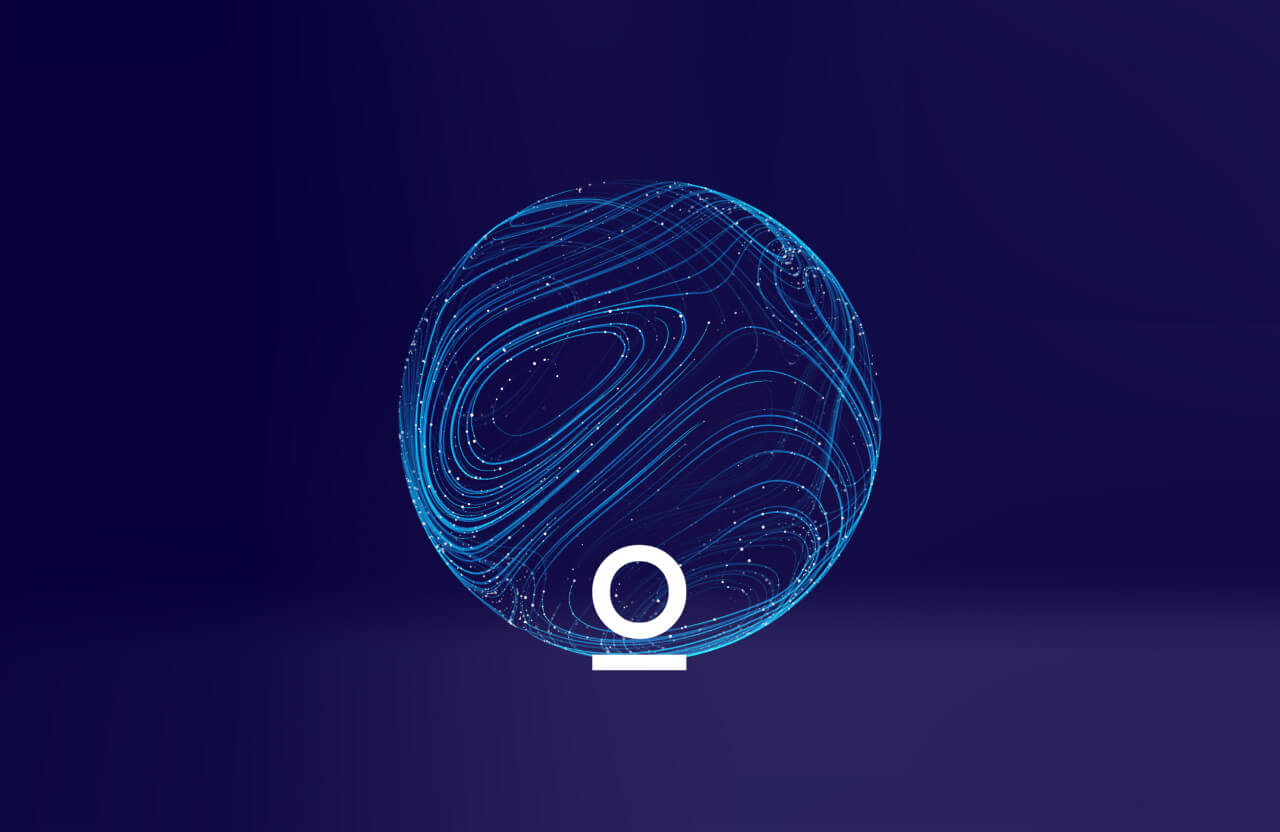Machine translation has undoubtedly taken center stage in the translation industry in recent years – with its ability to translate large documents instantaneously, carry on simple conversation, produce written texts and do a myriad of other things that make our day-to-day lives easier. Consequently, it has brought important questions to the table which are being asked by companies, and linguists alike: Can machine translation (MT) surpass human translation? Should there be a comparison? How did translation technologies become vital contributors to human translators for perfect outcomes? Or, what are the responsibilities of human translators in the MT process?
In this post, we’ll deep-dive into these questions and discuss the comparison of machine translation vs human translation as well as the dynamics and relationship between the two. Keep reading to find out!
The Invention of Machine Translation
Machine translation (MT) research began in 1954 with the Georgetown Experiment in partnership with Georgetown University and IBM. The successful results of the Georgetown Experiment using six grammar rules and 250 words in its memory led to an increase in the studies on machine translation. Some of the methods used in machine translation are Dictionary-Based MT, Rule-Based MT, Example-Based MT, Statistical MT, and Neural Machine Translation. You can find out more in our blog article about machine translation and how it works.
Machine vs. Human
Although the use of computers in translation has a recent history, it has developed quickly and continues to grow due to rapid technological advances. For example, computerized translation included only word translation through dictionary programs at first; but over time, it has improved with the translation of long texts formed by highly complex sentences. Today, translations are done automatically because, starting from simple words, compound sentence structures, and even complex sentence structures are stored in databases.
However, machine translation is unlikely to replace humans. Localization does not mean transferring a word from one language to another; it is the process of transferring content from one language to another while keeping the terms of meaning and style. So, it is not a simple process. It consists of understanding the source text, analyzing its linguistic structure, and expressing the thoughts and feelings obtained from the source language into the target language. Therefore, localization is a multistage process rather than simply translating the source language in the target language.
For a machine to perform such a process should have a substructure to analyze the language structure. However, the versatility of languages constantly creates expansions and changes. Thus, translation requires a more complex method than previously thought. Nevertheless, the role of machine translation systems in providing solutions is undeniable. This is because it has become faster and more precise.
Especially MTPE, Machine Translation Post-Editing, is a breakthrough process in the translation industry as it decreases the workload of translators. The machine does the heavy translation in bulk and the human translator does the editing and reviewing, with more time to focus on the creative touch that only humans can provide.
Significant Advances on Machine Translation
Machine translation, which initially meant translation done by machine only, gave way to computer-assisted translation (CAT) as the necessity of human intervention was revealed over time. In computer-assisted translation, the human translator makes corrections, additions, and edits. With the use of technology in translation, features that evolved from the base of MT offer various usefulness to language service providers.
In the 1970s, translation memories were developed in CAT software that stores the work for the translator’s following translations. In translation memories, which were initially based on matching at the sentence level, more successful matchings have emerged with the studies on the variables of sentences over time. In addition, since every change and improvement made by the translator to the translation is saved in the translation memory, the need to retranslate similar sentences decreases.
When translation memory is used in conjunction with machine translation, you’re able to save time, costs, while delivering consistent, accurate, and high-quality translations.
Uses and Functions of MT
Machine translation has a place in all sectors of the translation industry. Surely, machine translation uses differ depending on the type of translation process and the text to be translated. The diversity of content and purposes affect the functions of MT.
The term covers two overarching processes: raw machine translation and Machine Translation Post-Editing (MTPE). Raw MT is where the human translator does not interfere, while MTPE combines both machine and human translation.
One of the determining factors in this regard is the type of document. For example, raw MT is inadequate for texts such as literary writings where the author’s style needs to be reflected. Because it is difficult for the machine to determine what the author means precisely and translate accordingly. On the other hand, raw MT is helpful for texts that do not require interpretation and intervention from the translator, such as internal documents, emails, chatbot conversations, and non-customer-facing content.
Pros and Cons of MT
Using MT technology in translation has various benefits, such as:
– Increasing translation speed,
– Doing more translations at lower costs,
– Minimizing translation errors caused by human translators.
In this context, MT and the human translator undertake specific but significant tasks and functions in translation practices. However, the translator has always been at the center of the translation process. The translator, acting as a bridge between two languages, is the essential factor that connects the languages. Technology has shown its presence in the translation profession and has become even more critical.
It is possible to talk about the positive and negative effects and results of technology in every part of the translation sector.
– Translators have become anxious, fearing that MT might replace them. The machine, which had a minimal translation capability at first, is increasingly able to translate very complex sentences.
– There is a decrease in translation fees paid to translators. Since the translation process is done partially by machine and faster than a human, employers pay the translators less, thinking MT does the entire work.
However, technological developments in translation also have positive outcomes for translators, such as:
– Localization and transcreation, practices that are crucial for marketing purposes for example, has become such an important process that we can say that translators must know how to use machine translation systems, contributing to their professional development.
– MT provides spare time for the translators so that they can focus more on self-development. The support MT provides lets translators be more creative and have the time to advance in languages.
The Roles of Human Translators in MT
We can analyze the roles of translators under four main subjects: producer, controller, contributor, and post-editor.
Translator as Producer
Although the advances in machine translation have reached a high level today, the success demanded of all projects is at the maximum. Translators undoubtedly undertake an essential part of this work. Because ‘translation’ and ‘technology’ are terms that express two different industries, combining them actually paves the way for experts in these two different fields to come together and form a team. It checks the accuracy of the translations that the system produces. Since machine translation involves at least two different disciplines, conducting studies on the subject by a team of LSP allows more potent results. Therefore, the translator has an essential role in developing machine translation software.
Translator as Controller
MT systems that allow translator’s intervention have integrated features like translation memories and term banks. The translator undertakes the most critical roles, translating and editing, and machine translation systems provide tools that the translator can benefit from.
While using these tools, the translator also acts as a controller. For example, when a translator is doing a translation with computer-assisted translation software, they have the opportunity to check whether the translation memory is functioning correctly. As a result, the translator has constant control of whether the translations that have been done before are saved into the translation memory. If so, to what extent will it assist in the following translation work. Thus, the translator fulfills a vital function in machine translation by being a controller of the whole process.
Translator as Contributor
The development of machine translation systems continues through studies done on production and control data. The translator can correct the deficiencies by evaluating the information acquired from controlling the system. In addition, the translator has a contributing role during the translation of some content where machine translation does not achieve the expected outcome. A translator who works with different text types, especially literary translations where conveying the author’s style is crucial, can communicate with the author, the editor, or the publisher and clarify the problematic areas. In this way, the human translator makes significant contributions to developing the software, translation memory, and term banks of MT systems.
Translator as Post-Editor
Another role that the translator undertakes is being a post-editor. The final corrections of the machine translation are crucial. This process requires a very different approach than a simple spell-check. The translator’s post-edition smoothes the translation out and gets rid of the mechanical tone of MT. The translator evaluates the process from beginning to end and makes the necessary additions, omissions, explanations, and corrections.
Machines cannot interpret. However, the translator can, acting as an intermediary and transmitter between the two languages, cultures. The task done by the machine is a translation, and human controls and transfers it; transference is multidimensional and genuine, whereas translation is mechanical.
The Key is to Combine – a.k.a Augmented Intelligence
Augmented intelligence uses both artificial and human intelligence to get the best out of both worlds. There have been many discussions covering machine translation vs. human translation. However, it is better to combine them rather than compare them. Human translators turn this technology into a device and use it as an aiding component in translation. The human translator will always take a role, different duties, and responsibilities in translation. For this reason, technological developments in translation will continue to be gateways to major expansions.
Discover now how you can optimize the cost, speed, and quality of your translation projects by using both MT and expert linguists hand-in-hand. Contact us for more information.
